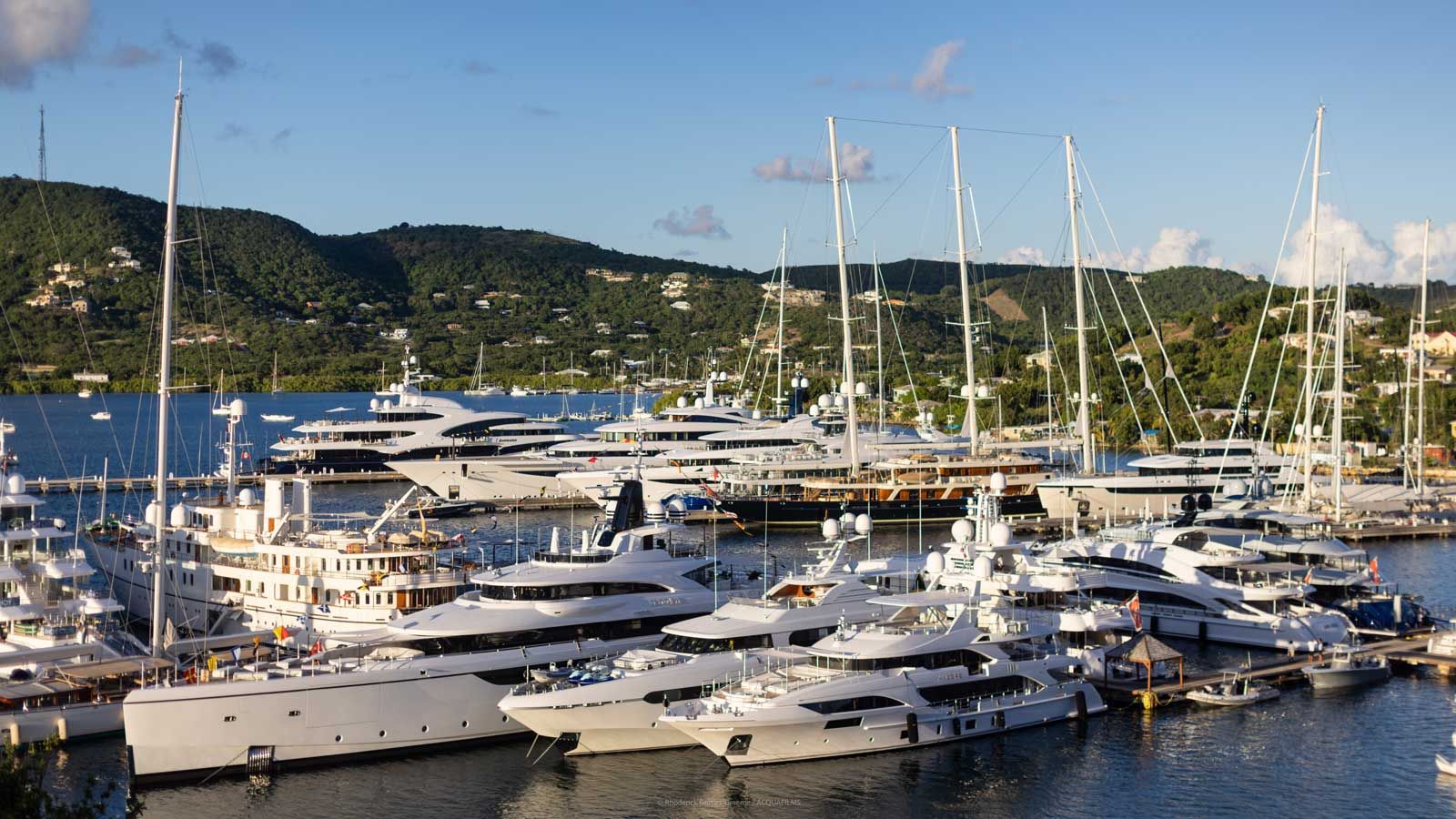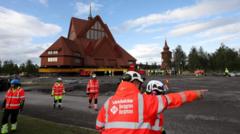It was at a landmark architecture exhibition in Paris in 1925 that the Art Deco aesthetic first exploded on the scene. In the 100 years since, the glamorous building style - evocative of neon-lit jazz bars and the golden age of big motion pictures - rapidly spread around the world. It moved from the famous pastel hotel facades of Miami's South Beach to the sprawling necklace of mansion apartments along Mumbai's Marine Drive seafront.
Art Deco's distinct motifs - typified by geometrical ziggurats (step towers), sweeping curves, sunburst designs, nautical elements and circular or turreted rooftops - symbolised an unequivocal break from the past, celebrating the dawn of a new, unabashed, post-war 20th Century modern age.
In a short time, the style transcended architecture to influence the design sensibility of home interiors, furniture, fonts, jewellery and some of the world's most iconic cinema halls - from Radio City Music Hall in New York City to Regal, Liberty and Eros cinemas in Mumbai.
It represented hope, optimism and speed, coinciding with the emergence of the motor car and also concrete as a building material, which when compared with stone, could be worked with in a tenth of the time and fifth of the cost, Atul Kumar, founder of the Art Deco Mumbai Trust and curator of a new exhibition celebrating the centenary of Art Deco in the city, told the BBC.
And nowhere has that been more apparent than in Mumbai, which, according to Mr. Kumar, is home to the world's largest documented collection of Art Deco buildings. Other estimates put Mumbai in the second spot behind Miami.
What made Mumbai's tryst with Art Deco particularly interesting was how the city embraced its hallmarks in a truly all-encompassing manner. Just like Miami, the style emerged in the city at a time of economic flux and transformation, spurred by its modern, mercantile port-city energy. But unlike Miami, in Mumbai the style resonated across various building typologies, including schools, cinemas, bungalows, petrol stations and banks.
However, today, Mumbai is yet again a city in rapid flux - its building code governed by real estate moguls trying to maximise the floor space index, giving way to utilitarian rather than stylistic considerations. Dozens of Art Deco buildings have been erased to give way to glass and steel facades, and hundreds more are under threat. Over the past decade, Mr. Kumar has documented more than 1,500 buildings that are truly representative of the style, but only 70-odd of those are protected.
Authorities are apathetic to their preservation, so his organisation is engaging directly with people, offering pro-bono repair and restoration consultancies to prevent them from giving away their properties to builders for redevelopment. The hope is to translate Art Deco into something modern and fitting for current lifestyle requirements while keeping the spirit of this architectural style alive in a city that’s constantly changing.
Art Deco's distinct motifs - typified by geometrical ziggurats (step towers), sweeping curves, sunburst designs, nautical elements and circular or turreted rooftops - symbolised an unequivocal break from the past, celebrating the dawn of a new, unabashed, post-war 20th Century modern age.
In a short time, the style transcended architecture to influence the design sensibility of home interiors, furniture, fonts, jewellery and some of the world's most iconic cinema halls - from Radio City Music Hall in New York City to Regal, Liberty and Eros cinemas in Mumbai.
It represented hope, optimism and speed, coinciding with the emergence of the motor car and also concrete as a building material, which when compared with stone, could be worked with in a tenth of the time and fifth of the cost, Atul Kumar, founder of the Art Deco Mumbai Trust and curator of a new exhibition celebrating the centenary of Art Deco in the city, told the BBC.
And nowhere has that been more apparent than in Mumbai, which, according to Mr. Kumar, is home to the world's largest documented collection of Art Deco buildings. Other estimates put Mumbai in the second spot behind Miami.
What made Mumbai's tryst with Art Deco particularly interesting was how the city embraced its hallmarks in a truly all-encompassing manner. Just like Miami, the style emerged in the city at a time of economic flux and transformation, spurred by its modern, mercantile port-city energy. But unlike Miami, in Mumbai the style resonated across various building typologies, including schools, cinemas, bungalows, petrol stations and banks.
However, today, Mumbai is yet again a city in rapid flux - its building code governed by real estate moguls trying to maximise the floor space index, giving way to utilitarian rather than stylistic considerations. Dozens of Art Deco buildings have been erased to give way to glass and steel facades, and hundreds more are under threat. Over the past decade, Mr. Kumar has documented more than 1,500 buildings that are truly representative of the style, but only 70-odd of those are protected.
Authorities are apathetic to their preservation, so his organisation is engaging directly with people, offering pro-bono repair and restoration consultancies to prevent them from giving away their properties to builders for redevelopment. The hope is to translate Art Deco into something modern and fitting for current lifestyle requirements while keeping the spirit of this architectural style alive in a city that’s constantly changing.






















